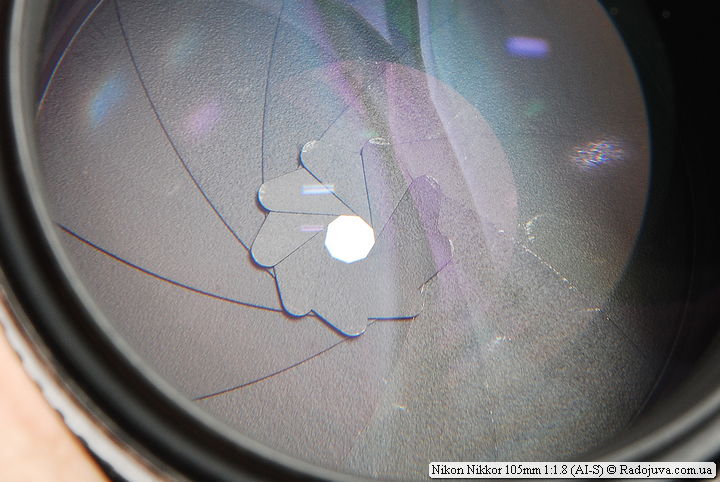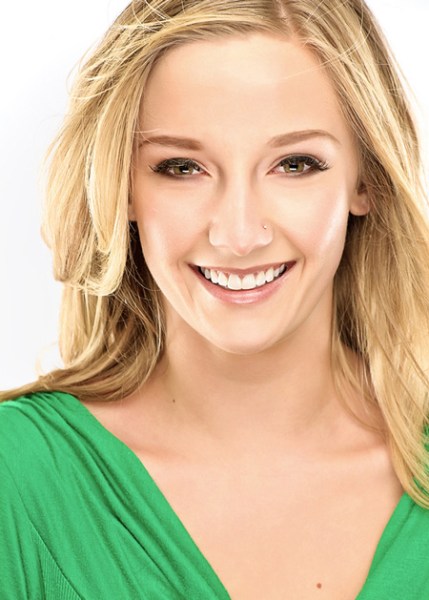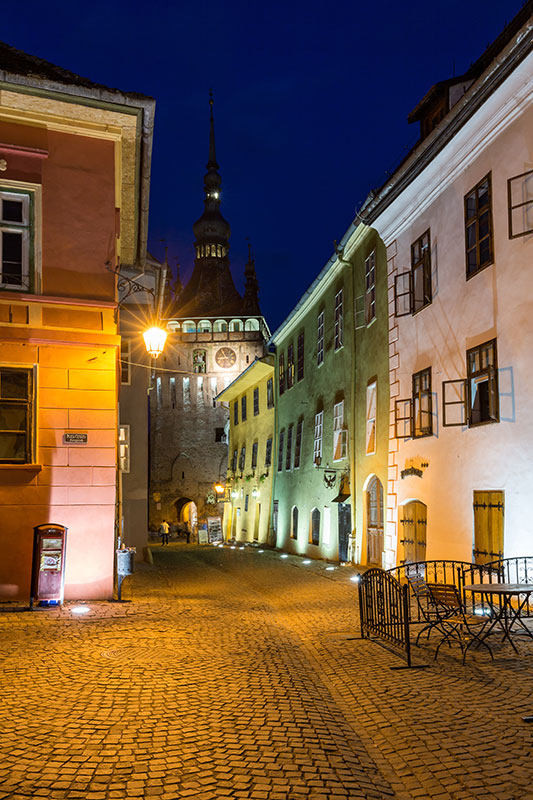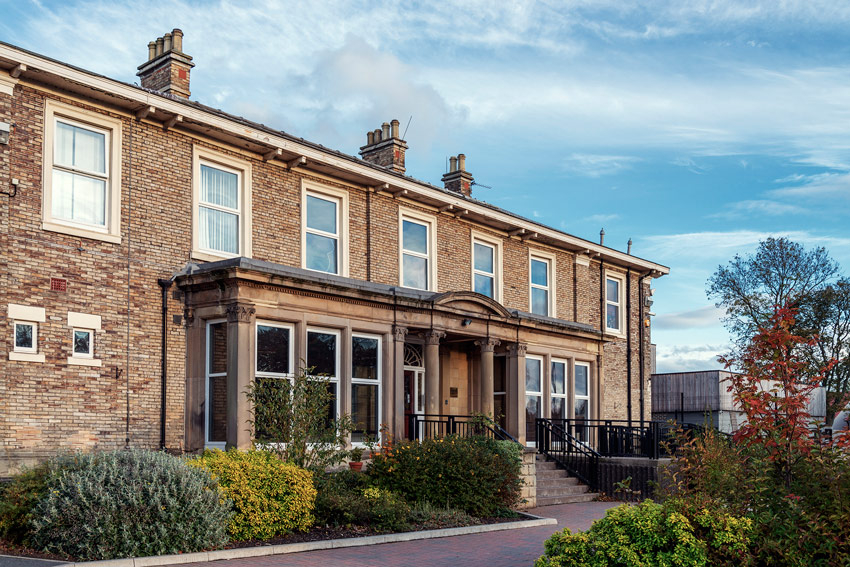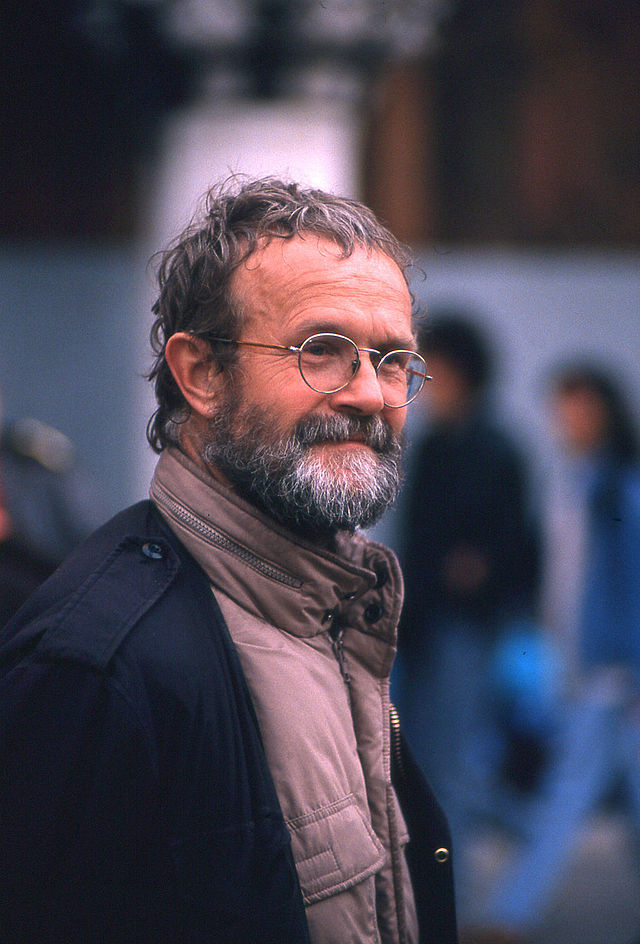I don’t really
HOW TO PHOTOGRAPHY ART WORKS
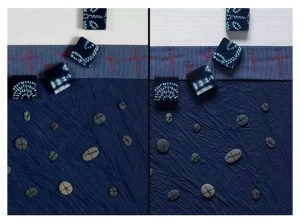 In this article, you will find some important tips for photographing works of art. You can use them to photograph paintings, prints, drawings, textiles, etc.
In this article, you will find some important tips for photographing works of art. You can use them to photograph paintings, prints, drawings, textiles, etc.
How to photograph a work of art
Pay attention to the teip auxiliary lines at an angle of 45 degrees and perpendicular to the wall, which help when setting up the camera and lighting
Camera selection and settings
A fixed-lens digital SLR is the best choice. But compact cameras with manual control, and even an upscale smartphone, are also useful.
Some very important camera settings Continue reading
TEXTURE IN NATURE. WHERE TO GET? HOW TO PHOTO?
 When we talk about photographing small scenes of nature, we mean pictures with objects, patterns and textures created in a natural way. The emphasis is on small details. Such photographs to a lesser extent reflect the literal qualities of an object (trees or plants), instead they focus on its more abstract qualities.
When we talk about photographing small scenes of nature, we mean pictures with objects, patterns and textures created in a natural way. The emphasis is on small details. Such photographs to a lesser extent reflect the literal qualities of an object (trees or plants), instead they focus on its more abstract qualities.
Texture in the nature. Where to get? How to take pictures?
One of the joys of photographing small scenes is that objects suitable for shooting are abundant in any place: from the backyard or the local public garden to the largest and most picturesque national parks. This makes shooting small scenes more accessible than other types of landscape photography. The presence of such photographs in the photographer’s portfolio adds depth to it, because such photographs, at times, are able to tell more about a particular place than a large landscape. Continue reading
9 INTERESTING TECHNIQUES FOR ARCHITECTURAL PHOTOGRAPHY
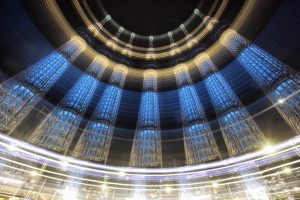 The correct implementation of the technical part of architectural photography should be the primary task of the photographer, although in addition to this, it is also worth experimenting.
The correct implementation of the technical part of architectural photography should be the primary task of the photographer, although in addition to this, it is also worth experimenting.
In this article, photographer Simon Bond shares some of the options for creative architectural photography and talks about how you can apply them to your work.
9 interesting techniques for architectural photography
A wide angle lens was used in this photograph of a Tokyo government building from a lower angle (“worm’s eye”)
Change of angle Continue reading
